Top speed 500 km/h Wingspan 11 m Length 9.35 m Engine type Lycoming O-360 | Range 3,780 km Weight 1,075 kg Cruise speed 402 km/h | |
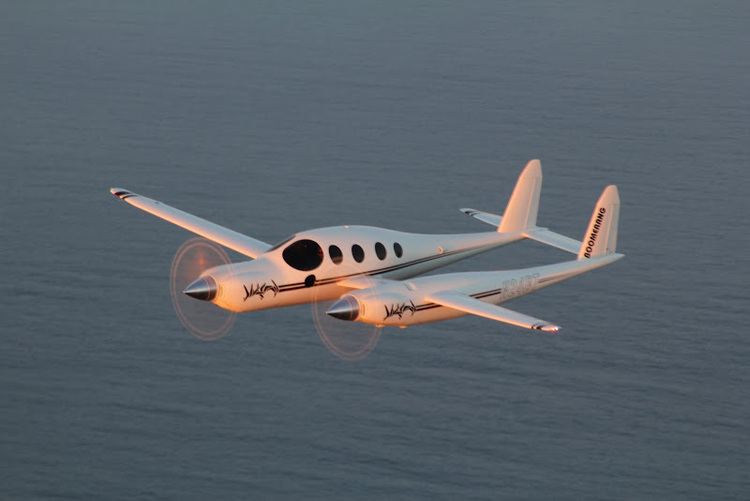 | ||
Flying back seat in the rutan boomerang
The Rutan Model 202 Boomerang is an aircraft designed and built by Burt Rutan. The design was intended to be a multi-engine aircraft that in the event of failure of a single engine would not become dangerously difficult to control due to asymmetric thrust. The result is an asymmetrical aircraft with a very distinct appearance.
Contents
- Flying back seat in the rutan boomerang
- Burt rutan boomerang at oshkosh airventure 2011 takeoff
- Design and development
- Specifications Boomerang
- References
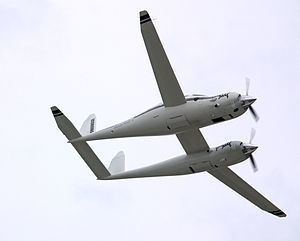
Burt rutan boomerang at oshkosh airventure 2011 takeoff
Design and development
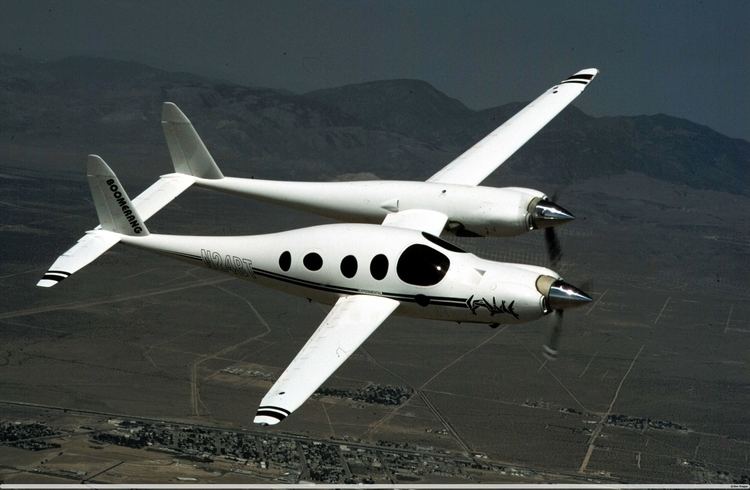
The Boomerang was designed around the specifications of the Beechcraft Baron 58, one of the best known and most numerous twin-engine civilian aircraft. The use of the asymmetrical design allows the Boomerang to fly faster and farther than the Baron using the same engines, and seating the same number of occupants. The Boomerang is powered by two engines, with the right engine producing 10 hp (8 kW) more power than the left one (the engines are in fact the same model, just rated differently). The wings are forward-swept.
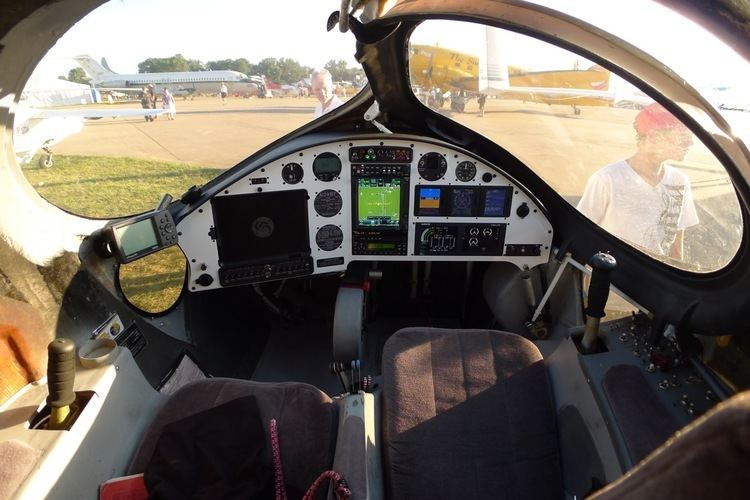
In 1997, avionics entrepreneur Ray Morrow and his son, Neil Morrow, founded an air taxi company. They settled on a modified version of Rutan's Boomerang design, which they designated the MB-300. They determined that the best business approach would be to manufacture the aircraft and run the air taxi services themselves. So Ray Morrow founded Morrow Aircraft Corporation in order to design and manufacture the MB-300. In the meantime, they started the SkyTaxi company using Cessna 414s as interim aircraft. In 1999, Morrow Aircraft Corporation applied to the Federal Aviation Administration (FAA) of the United States for a type certificate for the MB-300. In 2000, the FAA published a notice seeking comments on Morrow Aircraft's proposal to use an electronic engine control system (FADEC) in place of the engine's mechanical system.
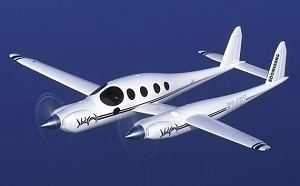
Rutan's Boomerang was restored to flying condition in 2011 and made an appearance at Oshkosh that year as part of the Tribute to Rutan.
Specifications (Boomerang)
Data from Air&Space Magazine September 2012
General characteristics
Performance
Avionics
2011 upgrade :
